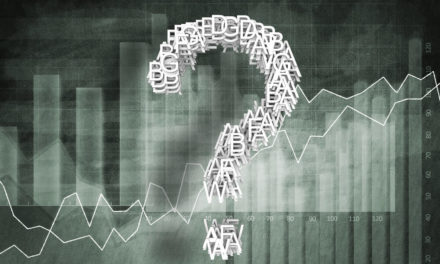Whether he means to or not, with every word uttered about trade and tariffs, President Donald Trump is having a strong impact on the stock market — and likely not in ways he would prefer.
“Trump has a particular talent for causing wedges, driving markets and providing leading signals.”
“Trump has a particular talent for causing wedges, driving markets and providing leading signals,” Idexica CEO Zak Selbert told InvestmentNews in a recent interview.
Indexica, which uses textual data, where 90% of all information can be found, is an alternative data firm that measures the impact of news reports on Wall Street, and Trump is reportedly providing the strongest quantifiable data currently.
“It’s the low-hanging fruit,” Selbert said. “News data is narrating what’s happening around the world.”
“We built this under the assumption that anything can move markets,” he added. “It just turns out that Trump happens to move lots of markets.”
Indexica’s analysis does not include the president’s Twitter account or any other social media activity because even though they get a lot of attention, their impact on markets is rather short-lived.
“How Trump moves markets in the short term is that the markets react in three seconds and there’s no way to predict that, so it’s not helpful to pay attention to his tweets,” Selbert explained. “We’re paying attention to the broader conversation around Trump, because the news will continue to impact markets for weeks.”
Indexica’s BuzzSentiment metric measures the ratio of news related to the president, which of course, is generally negative in the liberal news media.
The metric proves that most news coverage related to Trump is negative, and the data shows spike in the volume of negative reports is a dependable predictor of market volatility.
“If you model the BuzzSentiment of Trump to a broad index like the S&P 500, we have found when the combination is such that Trump is being spoken about more often in a negative tone, equities become more volatile, which usually implies equities will decline,” Selbert said. “The key is it has to be more than the moving average, because generally he is being spoken about a lot in a negative tone.”
The ongoing trade war with China and now Mexico among others is another example of how the data is being applied.
“Some countries do well under a trade war and some won’t, but you have to quantify what Trump says and how the news is responding, and then you look at how it peaks and evolves,” Selbert said. “That gives you a predictive signal of how the markets react.”
This type of data is of particular interest to hedge fund managers, but has the potential to migrate into mutual funds and ETFs.
“Trump happens to come up a lot because he really moves markets in a systematic way,” Selbert said. “He incites extreme levels of emotion and news discourse, and he takes up a lot of space, and the discourse around him is so erratic.”
Of course, not everyone is sold on the idea that negative news about Trump can indicate the direction of the market.
“While they attempted to quantify the Trump factor, they basically said it’s all short-term noise,” Heritage Capital President Paul Schatz said.
“Markets are like a flowing river,” Schatz added. “They can be temporarily diverted or held back. But in the end, they will find their own levels and end up wherever they were going in the first place.”




